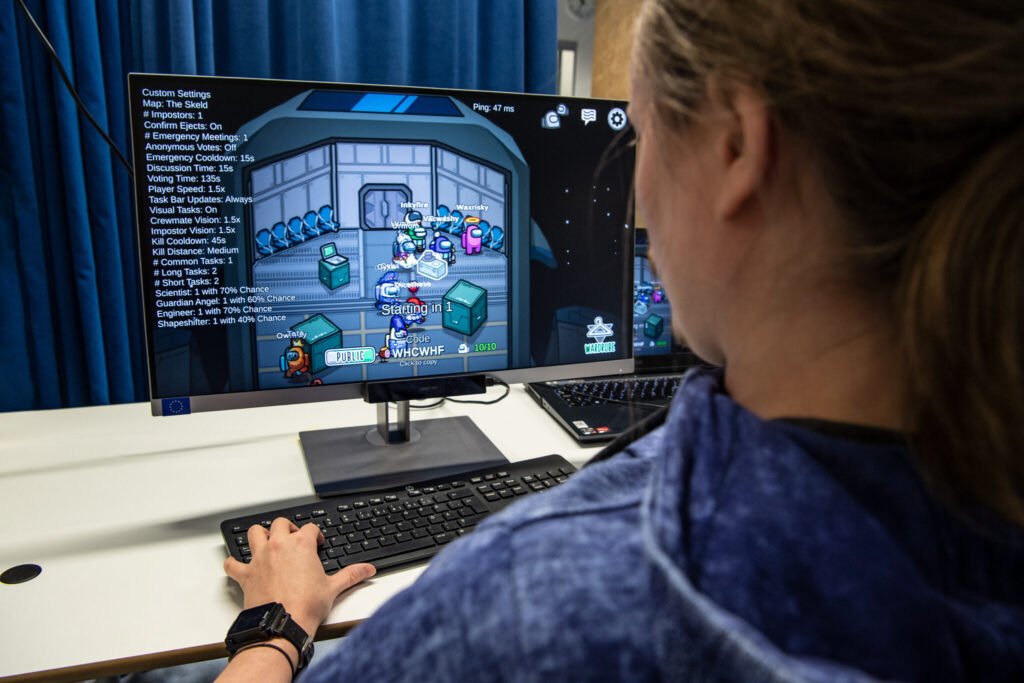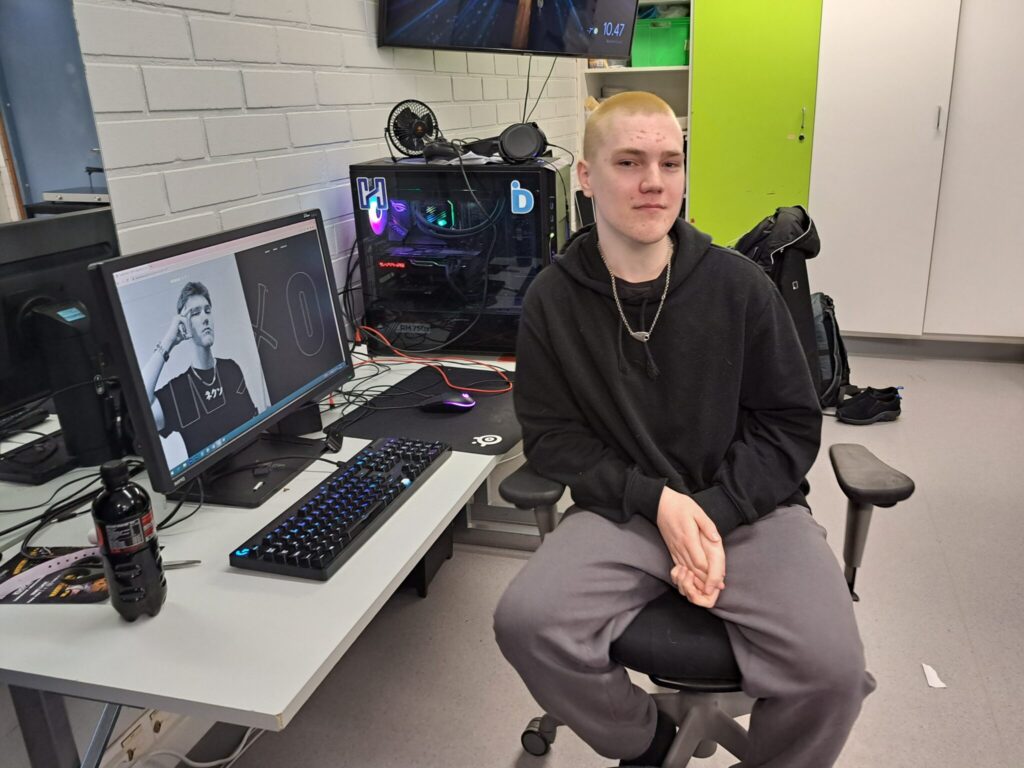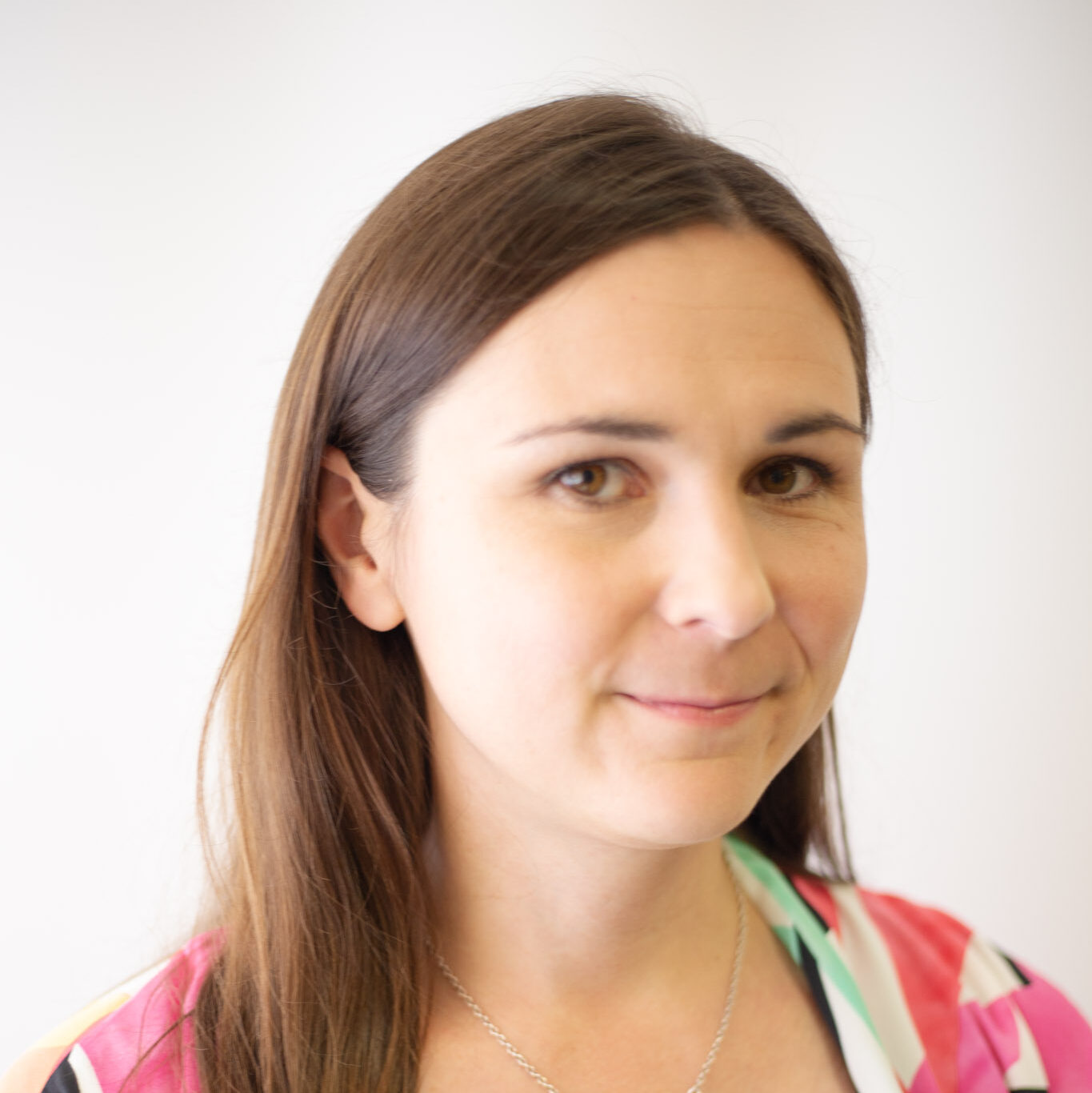The Game Over? – Continue! project aimed to promote youth wellbeing and improve young people’s outlook on the future through facilitated gaming sessions. The year-long project was carried out in the Kuopio area with support from the European Social Fund. The project was a collaboration between Savonia, Humak and the University of Eastern Finland, in close co-operation with local association Savon Diginatiivit.
Our goal was to bring together game enthusiasts and young people at risk of social exclusion in a group programme to explore the various dimensions of gaming together. At the same time, we sought to help young people identify their own strengths and to interest them in education and careers options. Our work was differentiated to meet the individual needs of the young people: for some this was recreational, for others it was a pathway towards employment in the game industry. In some cases, the programme was closer to rehabilitation, with young people suffering from social anxiety able to join in and engage with others in a safe environment.

A dive into the world of young gamers
When the program launched in October 2022, we were active in reaching out to young people through broad marketing and outreach. We went onto local gaming communities on Discord to talk about our programme and got in touch with young people via Twitch, broadcast by Kuopio streamer Myst1s. Several members of the project team also joined the CS:GO livestream and others chatted with young people about games and invited them to join the sessions.
In addition to streaming, general marketing and an opening event held In January, we also recruited participants through workshops in Kuopio and the TUVA programme, a training programme for individuals preparing to take upper secondary studies.
Learning and doing things together with gaming
We administered a Webpropol survey during the recruitment phase to elicit information on participants’ interests and favourite games. Based on the survey responses we divided the young people into groups with the thought of matching those with more or less the same interests, so we would be able to address different themes with the different groups. The majority of respondents felt there was a need for community gaming events and relaxed opportunities to hang out with other gamers.
We made an effort to provide the different groups with activities that would feed their interest. Some groups practised streaming, others had the chance to try out coding and some visited game industry firms. There was also time set aside for gaming together and for thinking about issues in team gaming and practising communication in games. The sessions were facilitated by members of the project team with experience in both digital gaming and in working with young people. We also arranged for guest experts to visit our group sessions.
We kept the groups small, at around 4-5 participants. These smaller groups made easier both for participants to get to know each other and for the facilitator to get to know the participants. After the final session, each of the participants will receive a certificate recognising the strengths and skills they have demonstrated throughout the programme as well as a digital badge outlining the content of the sessions. The young people will be able to use these credentials later, such as when applying for jobs.
New findings on the well-being and social connectedness of young gamers
As part of our project, the young participants are able to take part in a well-being study jointly conducted by the Department of Technical Physics and the Department of Social Sciences at the University of Eastern Finland. The study combines physiological measurements with a survey evaluating psychosocial skills and interviews that focus on participants’ social relationships.
We have observed that even just taking measurements – in which the young person has instant data on their sleep quality, for instance – can prompt participants to think about taking care of themselves.
In cases where survey responses raised concerns about a young person’s emotional state, a researcher from the team was able to contact the participant, offer them a listening ear and, where necessary, guide them towards further help. In interviews with young people, charting their social relationships, there were interesting discussions of their online and offline relationships and the link between gaming and these relationships.

Community gaming events for and by young people
Running throughout the programme was a commitment to developing the events in partnership with young people; these events would be based on the wishes of the participants and their own input would be visible. Each of the participants would have the opportunity to take part in organising an event in line with their strengths, interests and resources. There are a lot of different tasks involved in organising gaming events, so there is something for everyone. At the beginning of the project, we organised low-threshold events where the main focus was hanging out together and playing. Towards the end of the project, we plan to organise larger LAN parties bringing together young gamers from around Kuopio for a two-day event, offering young people the opportunity to learn new skills, meet like-minded people and advance the local gaming culture on their own terms.
Tips from the Game Over? – Continue! Team for successful gaming programme
- It’s all in the attitude! You don’t need to be an expert gamer to facilitate gaming. Interest and enthusiasm are enough.
- Draw on the skills and knowledge of young people! Give the young people a chance to facilitate group activities themselves and to brainstorm a programme for the meet-ups, strengthening their agency and engagement.
- Ask a friend! Draw on the support of local associations, companies and educational institutions that deal with gaming and tech. This will broaden your programming and provide young people with learning and networking opportunities.
- Make time! If you want to reach out to marginalised young people, be prepared that it takes time to identify and recruit them. Be patient and approachable.
- Grow! At the heart of game-based learning is a genuine interest in the everyday lives of young gamers and shared dialogue about the significance of gaming in their lives. Help your participants strike a balance between gaming, self-care, work and their studies

Author Nina-Elise Koivumäki is a specialist at Humak University of Applied Sciences.








